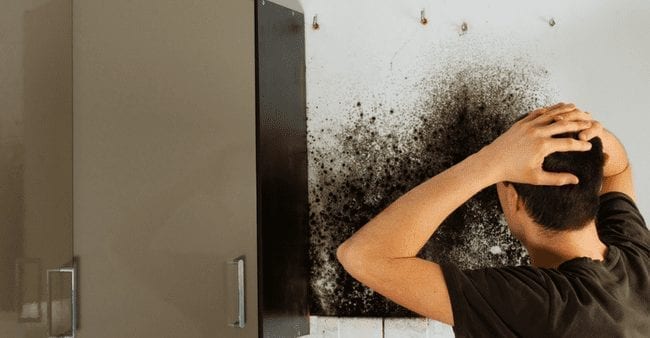They are making a number of good pointers on the subject of Detecting hidden plumbing leaks as a whole in this post further down.

Early detection of leaking water lines can reduce a prospective disaster. Some little water leakages might not be noticeable.
1. Take A Look At the Water Meter
Every house has a water meter. Checking it is a guaranteed manner in which aids you uncover leakages. For starters, turn off all the water resources. Make sure nobody will certainly flush, use the tap, shower, run the washing maker or dishwasher. From there, most likely to the meter and watch if it will certainly change. Considering that no one is utilizing it, there should be no motions. If it relocates, that indicates a fast-moving leakage. Similarly, if you spot no changes, wait an hour or 2 and also check back once again. This means you may have a sluggish leak that might even be underground.
2. Examine Water Intake
Examine your water costs and track your water consumption. As the one paying it, you ought to observe if there are any kind of disparities. If you find sudden changes, in spite of your consumption coinciding, it implies that you have leaks in your plumbing system. Bear in mind, your water bill need to fall under the very same range on a monthly basis. An unexpected spike in your costs indicates a fast-moving leakage.
On the other hand, a consistent boost each month, even with the very same routines, shows you have a slow leakage that's additionally gradually rising. Call a plumber to thoroughly examine your property, specifically if you really feel a warm area on your floor with piping below.
3. Do a Food Coloring Examination
When it comes to water usage, 30% comes from commodes. If the color somehow infiltrates your dish throughout that time without flushing, there's a leak between the storage tank and also dish.
4. Asses Exterior Lines
Don't fail to remember to examine your exterior water lines also. Test spigots by affixing a yard tube. Should water seep out of the connection, you have a loose rubber gasket. Replace this and guarantee all connections are tight. It will help obtain it skillfully analyzed and maintained each year if you have actually got a lawn sprinkler system. One small leak can throw away tons of water and increase your water costs.
5. Examine the situation as well as evaluate
Property owners need to make it a practice to inspect under the sink counters and also inside closets for any bad odor or mold growth. These 2 warnings suggest a leak so punctual attention is needed. Doing routine assessments, also bi-annually, can conserve you from a major trouble.
Extra significantly, if you know your residence is already old, keep a watchful eye on your heating units, pipes, pipes and so on. Look for stainings and also damaging as a lot of home appliances as well as pipes have a life span. They will also naturally wear away because of wear and tear. If you suspect dripping water lines in your plumbing system, don't await it to escalate. Call an expert plumber right now so you do not wind up with a dreadful mess in your house.
Early discovery of dripping water lines can minimize a possible catastrophe. Some small water leakages might not be noticeable. Inspecting it is a guaranteed method that assists you uncover leakages. One little leakage can lose heaps of water and also surge your water expense.
If you believe dripping water lines in your plumbing system, do not wait for it to intensify.
WARNING SIGNS OF WATER LEAKAGE BEHIND THE WALL
PERSISTENT MUSTY ODORS
As water slowly drips from a leaky pipe inside the wall, flooring and sheetrock stay damp and develop an odor similar to wet cardboard. It generates a musty smell that can help you find hidden leaks.
MOLD IN UNUSUAL AREAS
Mold usually grows in wet areas like kitchens, baths and laundry rooms. If you spot the stuff on walls or baseboards in other rooms of the house, it’s a good indicator of undetected water leaks.
STAINS THAT GROW
When mold thrives around a leaky pipe, it sometimes takes hold on the inside surface of the affected wall. A growing stain on otherwise clean sheetrock is often your sign of a hidden plumbing problem.
PEELING OR BUBBLING WALLPAPER / PAINT
This clue is easy to miss in rooms that don’t get much use. When you see wallpaper separating along seams or paint bubbling or flaking off the wall, blame sheetrock that stays wet because of an undetected leak.
BUCKLED CEILINGS AND STAINED FLOORS
If ceilings or floors in bathrooms, kitchens or laundry areas develop structural problems, don’t rule out constant damp inside the walls. Wet sheetrock can affect adjacent framing, flooring and ceilings.
https://www.servicemasterbyzaba.com/blog/how-to-detect-water-leakage-in-walls/

I am just very taken with Leaking water lines and I'm hoping you enjoyed the entire blog entry. Make sure you take the time to promote this blog entry if you enjoyed reading it. I treasure reading our article about Hacks to detect leaks.